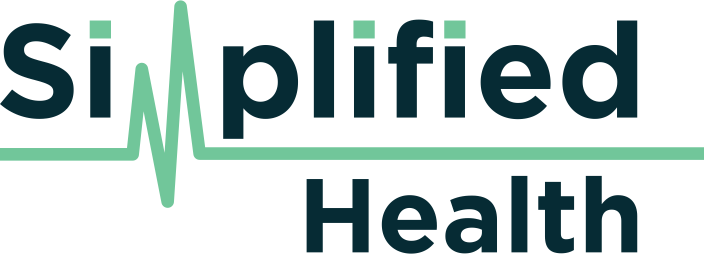Learn more about Simplified Health and how it’s different from traditional healthcare in our drop-down menus…
Simplified Health
-
Since the doctor only takes 600-800 patients, he can spend more time with you and can really get to know you. Patients are more apt to seek preventative care since their office visits are all covered under one affordable monthly cost. This will ultimately decrease unnecessary illnesses in the future and encourages more regular physician-patient interactions.
-
Urgent needs are always seen right away.
-
Price transparency will help you understand how much you are being charged upfront. You will be charged a monthly fee but then can decline any additional costs and you will be made aware of these costs before you have to pay. You have a choice in how much you spend!
-
You will never get a bill in the mail later. All costs are upfront, the day of service.
-
You can text your doctor ANYTIME. This also includes vacation. Your doctor can send over a prescription for you if your problem can be solved with a text. If it is something that needs to be evaluated, then you can come in to the office and get evaluated.
-
Since doctors aren’t billing insurance, there are no time restrictions on how long you can spend with your doctor. This has obvious benefits and also helps with preventative health.
-
Your doctor knows who you are.
-
Some issues require frequent follow up care, but shouldn’t come with additional cost.
-
A doctor is motivated to help YOU because they get rid of the middleman (insurance companies) and can listen to YOU. With fewer patients, doctors can give more personalized care.
Traditional Healthcare
-
Since the doctor takes 2500-3500 patients the visit is usually very impersonal and inconsistent with long wait times. The doctor doesn’t really know who you are.
-
In insurance models, doctors are generally incentivized to keep as full of a schedule as possible. This is good for them but can be tough on patients, especially as needs arise at unscheduled times.
-
In insurance models no one has any idea what labs or tests costs. You are stuck playing roulette wondering and guessing what amount will be billed to them. You have limited control over how much they spend.
-
You pay your monthly premiums, your copay at time of visit and the bill that comes in the mail 6 months later.
-
You are not able to get in to see your doctor when you need it.
-
Insurance models force doctors to spend 15 mins or less with their patients. This can lead to rushed exam room visits with your doctor who is often then compelled to table many of your concerns for a future follow up appointment.
-
Since it is very unlikely for you to get in to see your doctor, you will have multiple doctors taking care of you which means things might get lost between the cracks.
-
Each visit to the office will cost you (copay+bill), this may make you hesitant to want to come in for follow up care.
-
Doctors motives are skewed. Doctors are paid based on how many patients come in and out of the door, so they are less motivated to spend time with you. They often have to fulfill checklists and ask questions that the insurance companies require, which means less time is focused on YOU and more time is focused on gathering information for insurance companies.

